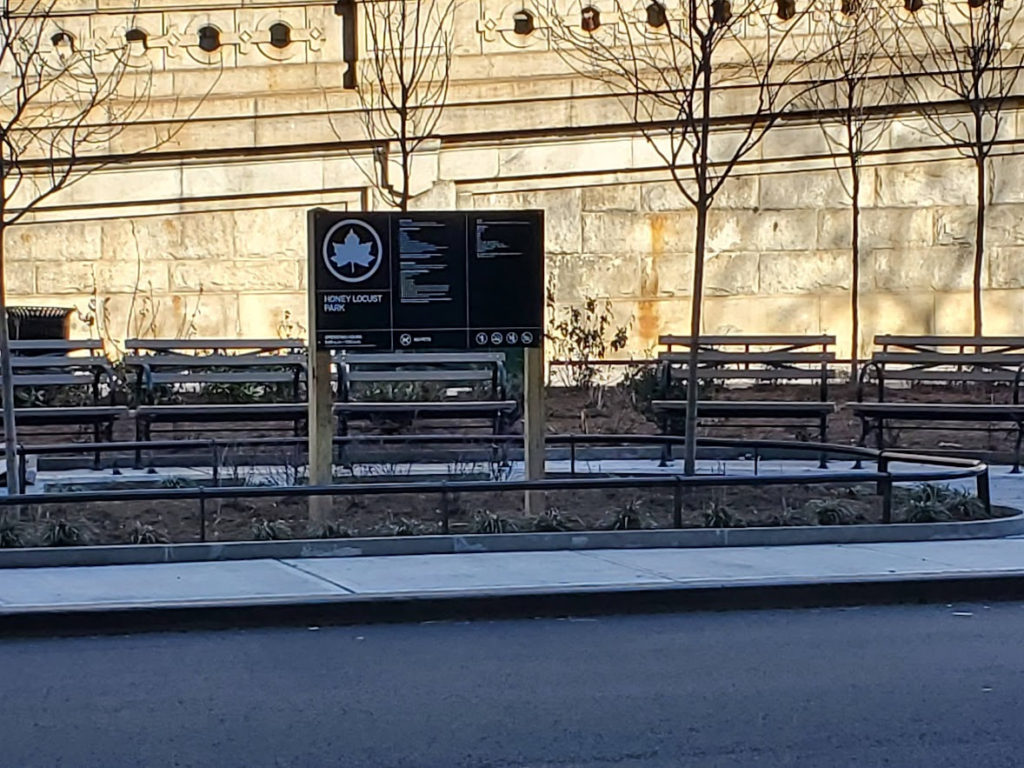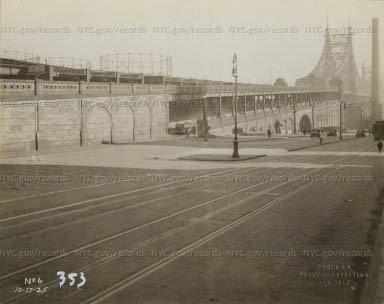Wednesday, January 18, 2023 – HISTORICAL AND IMPORTANT STRUCTURES ARE IN THE WAY OF HART ISLAND PLAN


FROM THE ARCHIVES
WEDNESDAY, JANUARY 18, 2023
ISSUE 889
HISTORY COULD SOON
BE ERASED
ON
HART ISLAND
BY FULL DEMOLITION
UNTAPPED NEW YORK

NEW FILM SHOWS ABANDONED HART ISLAND BUILDINGS SET FOR DEMOLITION
https://untappedcities.com/2023/01/17/abandoned-hart-island-demolition/?mc_cid=38ddf521f7&mc_eid=9b08fa7a48In the latest short film released by Unforgotten Films, you might be watching some of the final pieces of footage of the abandoned buildings on Hart Island. Eighteen of the crumbling historic structures were slated for demolition in an emergency order issued by the Department of Buildings in 2021. Since then, the neglected structures have continued to decay as they await the blow of the wrecking ball.

Hart Island has been used as a public burial ground since 1869. Civil War veterans, individuals who died of AIDS-related illness, and COVID-19 victims are just a few of the types of people who have been interred there. In 2021, the NYC Department of Parks & Recreation and the NYC Department of Social Services took over management of the island from the NYC Department of Corrections. Before the transfer, inmates of Rikers Island dug the graves. In addition to over a dozen buildings built between the early 1800s and mid-1900s, there are estimated to be over one million people buried on the island. In 1991, all uses of the island for purposes other than as a public cemetery ceased, but it did serve many different functions until then.

The Historic District Council created a report of 18 significant sites on the island including a Cold War-era Nike Missile launch site, an 1885 asylum, a 1930s chapel, a mid-century baseball field, and a 1912 dynamo building. While many of the extant buildings have historic and cultural value, the Department of Buildings has nonetheless deemed them unsafe and beyond repair. Citing the city’s emergency demolition order, the New York Times reported that “modern field offices for Hart Island operations, two decommissioned Cold War-era Nike missile silos, and a peace monument built by prisoners in the 1940s” will be spared from demolition and fenced off. Everything else will be razed.

The emergency nature of the demolition order allows the $52 million plan to skip the usual environmental review process and public hearings. This is a major point of contention for many preservationist groups and individuals who have a personal connection to the island and want to have a say in the fate of the structures. According to the New York City Parks Department, “all buildings in the scope of the current demolition project have been photographed and their histories recorded as part of Historic American Buildings Survey Level 2 status.”
Unforgotten Films has reached out to the Parks Department for comment and Untapped New York has sent inquiries to the Comptroller’s Office, the New York City Department of Design and Construction, and the Department of Buildings. [Update] The New York City Parks Department has responded to Untapped New York’s request for comment. “Decades of deterioration rendered the Hart Island buildings unsafe, necessitating DDC’s active emergency demolition work on our behalf,” the Department told Untapped New York, “it is expected to be completed early this year.”

Access to Hart Island remains extremely limited, with just two public visits open every month, an issue that Unforgotten Films calls attention to. While there is hope for expanded access now that the operation of the island falls to the Parks Department, all that will be left of the historic buildings are videos and photographs.
Unforgotten Minute: Hart Island is the first of three Unforgotten Films shorts that will debut this month. Keep an eye out for the next two which will feature the Washington Square Arch and Ellis Island! Check out an extended Unforgotten film about Hart Island here.
My first visit to Hart Island was in 1999, when Bernard Kerik was Corrections Commissioner. We were the first group of historians, relatives and press to visit the island which was under the administration of the Corrections Department.
To reach Hart Island you leave from a ferry pier on City Island for a 5 minute ferry ride,
We walked around the island viewing the abandoned church, power house, nuclear warhead silo, and other structures. I clearly remember an area with a memorial to soldiers of the Grand Army of the Republic. The obelisk was still there though the bodies had been moved to Cypress Grove Cemetery in Queens.
In successive visits our phones and cameras were removed from our possession, we were shuttled around the island by bus and not permit to wander. Luckily, the Corrections Department is gone with its prohibitive visitation rules.
Parks has had to come up with plans to make the island welcoming, respectful and environmentally designed. This should include preserving the built history on Hart Island.
The remaining buildings could be preserved as stabilized ruins echoing the history of the island. For decades Hart Island served so many purposes and to obliterate history is a disgrace.
Judith Berdy


PHOTO OF THE DAY
PLEASE SEND YOUR RESPONSE TO:
ROOSEVELTISLANDHISTORY@GMAIL.COM

TUESDAY PHOTO OF THE DAY
HONEY LOCUST PARK
FORMERLY 14 HONEY LOCUST PARK
EAST 59 STREET BETWEEN 1 & 2 AVENUES
ALEXIS VILLAFARE, GLORIA HERMAN AND JUDY & BARRY SCHNEIDER. ALL GOT IT RIGHT!!!!
FROM ED LITCHER:
This park is under the jurisdiction of the Department of Transportation (DOT). In September 1938, DOT issued a permit to NYC Parks that allowed indefinite use of the space as a public park. The park was informally called Gateway Park, possibly due to its proximity to the bridge roadway entrance, until it was formally named in 1996. For many years it was maintained by the community as a neighborhood garden and sitting area.
In 1980, NYC Parks requested to extend the permit boundaries to include the entire block along 59th Street, between First and Second Avenues. The park was extended to its current boundary, though bridge maintenance and utility vehicle parking necessitated continued joint occupancy of the site until the Department of Environmental Protection, which had been using it for staging nearby water main improvements, relinquished the site in 2018.
In 2022, NYC Parks redesigned the park to include seating and new plantings that offer respite from the imposing bridge and surrounding traffic, while allowing DOT access to perform maintenance and repair to the bridge.
NYC Parks Commissioner Henry Stern formally named the site Fourteen Honey Locusts Park in October 1996, ostensibly after the Honey Locusts that stretched the city block. The name was ultimately shortened to Honey Locust Park in 2019.
Text by Judith Berdy
Thanks to Bobbie Slonevsky for her dedication to Blackwell’s Almanac and the RIHS
Thanks to Deborah Dorff for maintaining our website
Edited by Melanie Colter and Deborah Dorff
All image are copyrighted (c) Roosevelt Island Historical Society unless otherwise indicated
UNTAPPED NEW YORK
JUDITH BERDY
THIS PUBLICATION FUNDED BY DISCRETIONARY FUNDS FROM CITY COUNCIL MEMBER JULIE MENIN & ROOSEVELT ISLAND OPERATING CORPORATION PUBLIC PURPOSE FUNDS.


Copyright © 2022 Roosevelt Island Historical Society, All rights reserved.Our mailing address is:
rooseveltislandhistory@gmail.com



Leave a comment